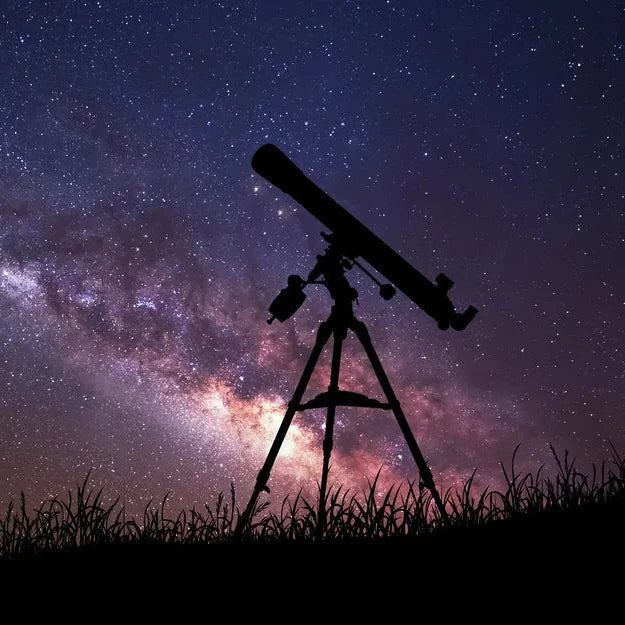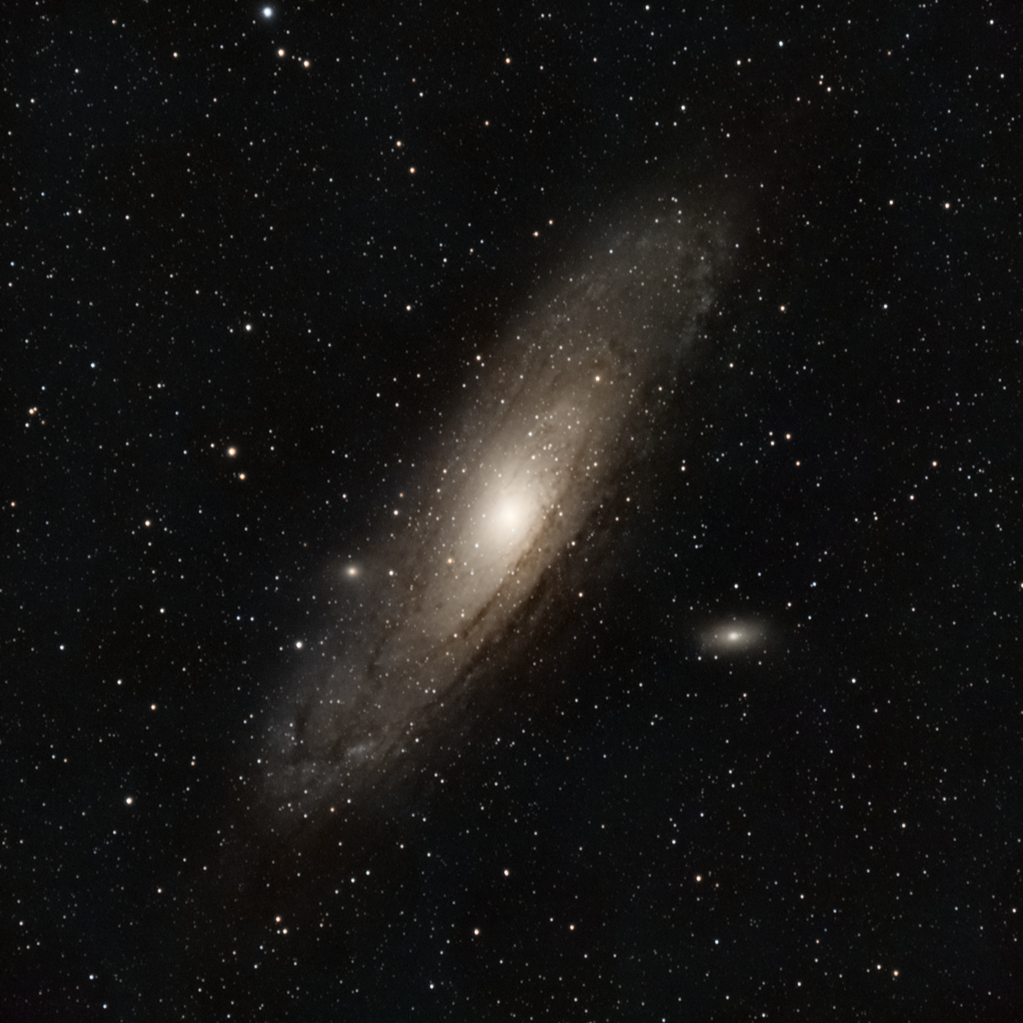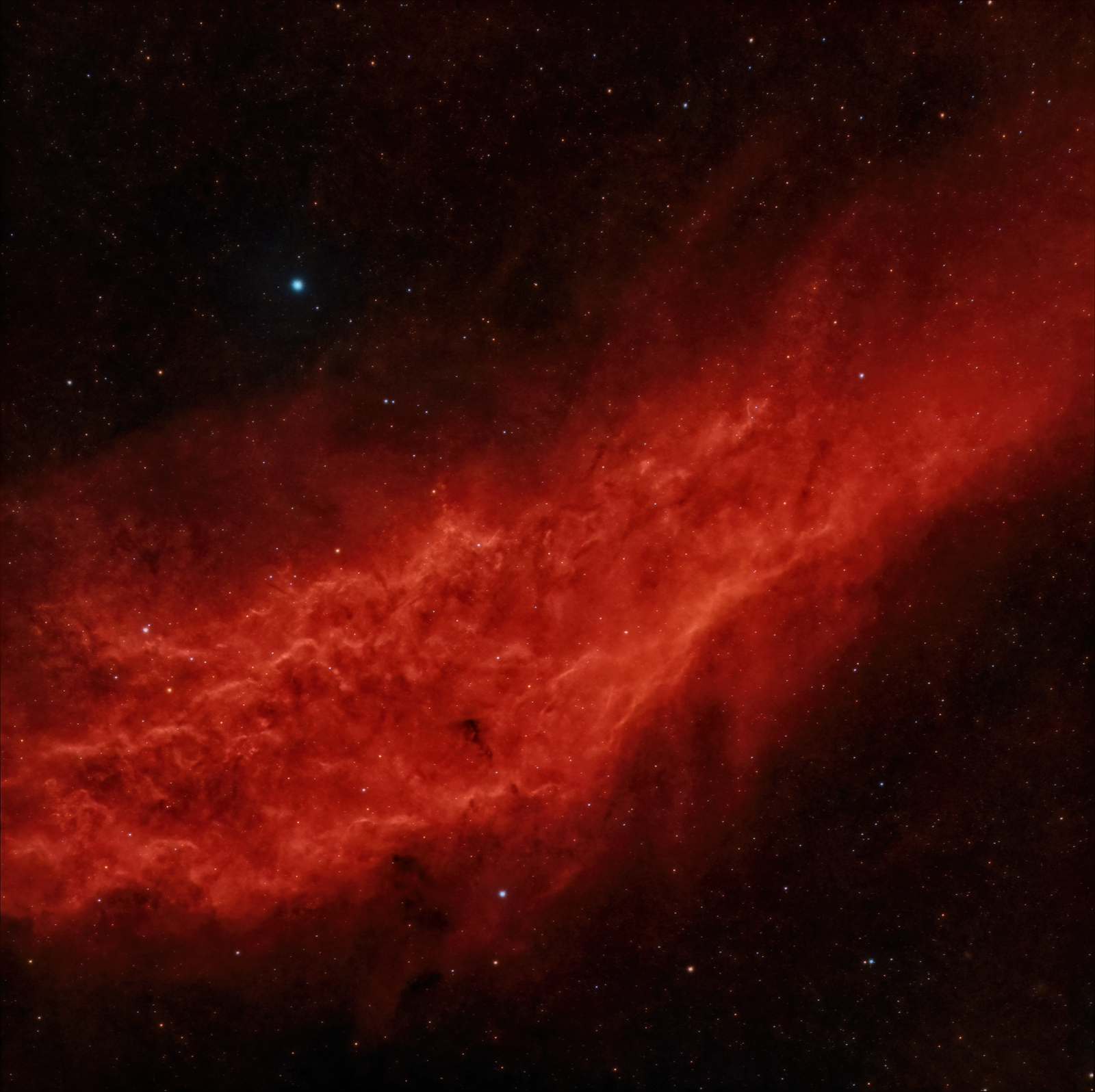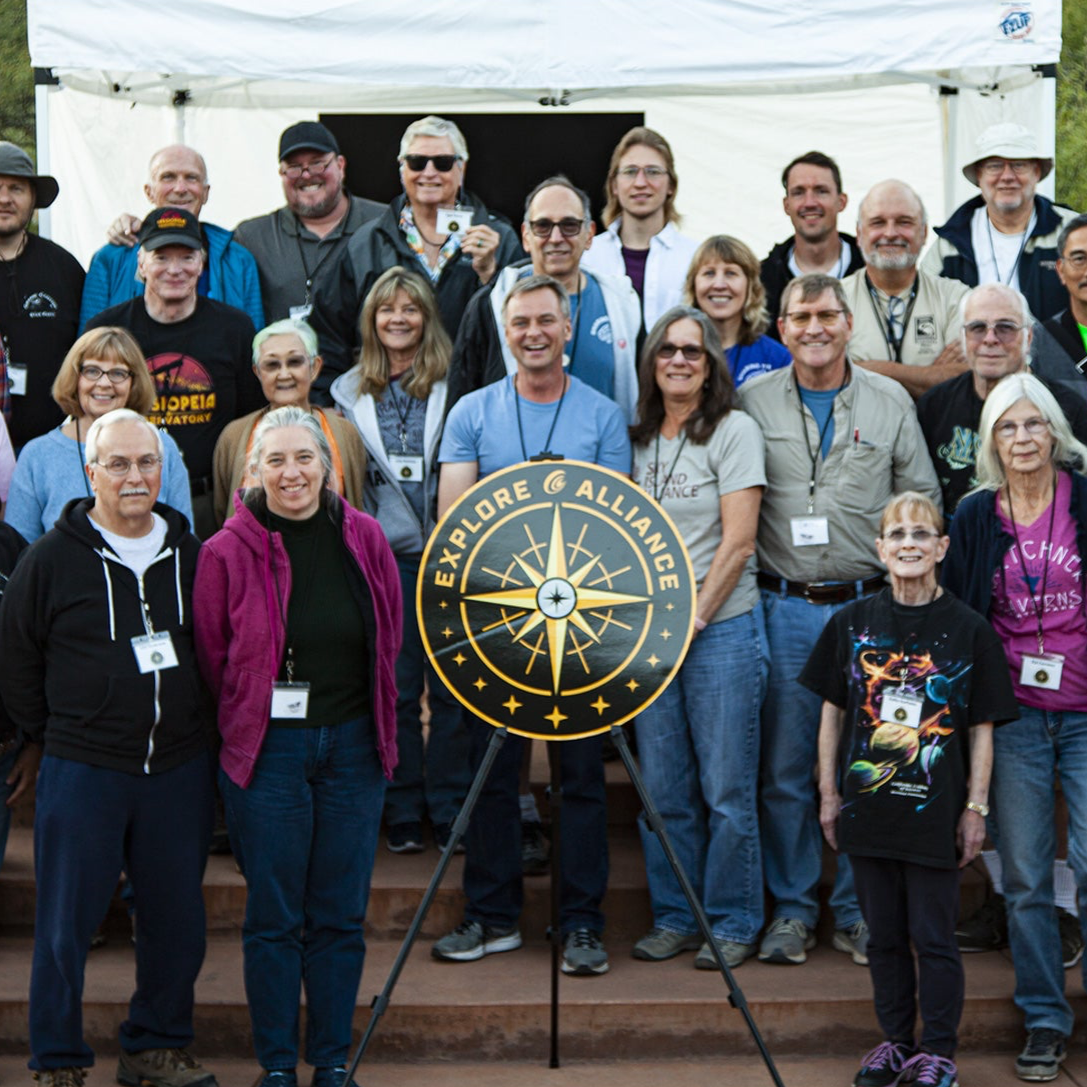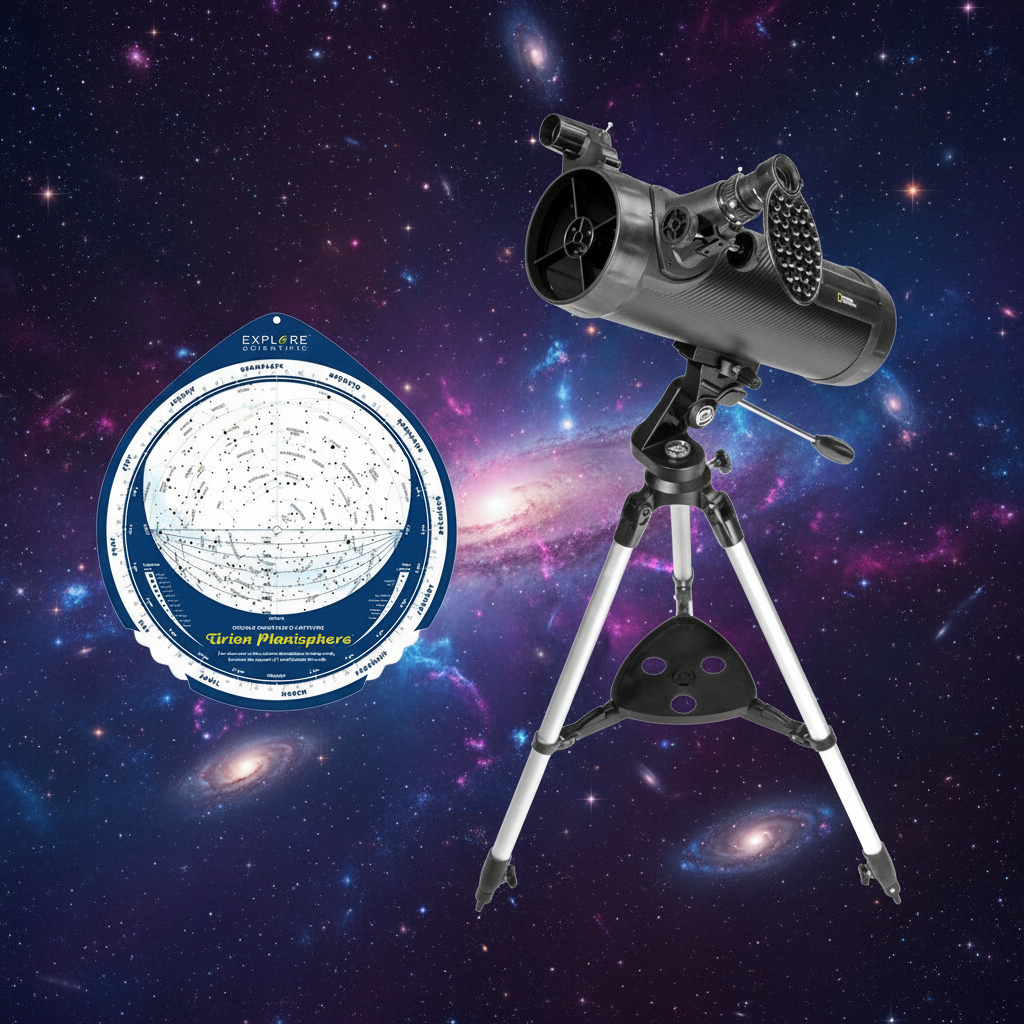September 2023 - Citizen Science Highlights

Asteroid Occultations:
In partnership with IOTA, Unistellar is excited to partake in an observation campaign featuring an occultation by the main-belt asteroid Interamnia with a 9th-magnitude star. The path will traverse the US—from California to New Hampshire—at 10:15 UT (3:15 PDT, 6:15 EST), making it an ideal time to also capture an image of Comet Nishimura either before or after the occultation. The more observers, the better, so don’t miss the occultation visible to a large swath of North America!
Observers can find more details on our Asteroids Missions page: https://www.unistellar.com/citizen-science/asteroid-occultations/predictions/

Comets:
This month’s exciting target is nicknamed Comet Nishimura. Comet C/2023 P1 (Nishimura) is a newly discovered, long-period comet and it is brightening quickly. It will reach its close approach to the Sun on September 17, 2023, where it will come within only 0.23 AU of the Sun - that’s closer than the orbit of Mercury! At this time, C/2023 P1 will be at its brightest, potentially reaching a naked eye level magnitude, but it will be hard to observe. So, observe this comet while you still can! This comet will fade quickly after its solar flyby and in fact, it may not survive the heat from the Sun at all. Take out your telescopes now to catch this brand new space snowball before it’s too late.
Observers can find more details on our Comets Mission page:
https://www.unistellar.com/citizen-science/comets/missions/
And on our blog dedicated to Comet Nishimura:
https://www.unistellar.com/blog/comet-nishimura-2023/

An observation of Comet Nishimura taken by citizen astronomer Jose D. as it flew through the sky on August 30.
Planetary Defense:
This month we have a special planetary defense mission! 2011 MD5 is a near-earth asteroid with an estimated diameter of ~900 meters. Currently, not much is known about this asteroid beyond a general understanding of its orbit. However, this month it will be bright enough to observe with an eVscope. Using your observations, astronomers aim to put together a lightcurve, a measure of how bright the asteroid is over time. From this lightcurve scientists can obtain an estimate of how the asteroid is rotating in space! 2011 MD5 will be nice and bright between September 5th and September 27th.
So what makes this mission special? Two SETI scientists will also be observing this asteroid using the 1-m Nickel telescope on Mt. Hamilton. This observation will be livestreamed, and they’ll be combining their data with your observations!
Observers can find more details on our Planetary Defense Mission page:
https://www.unistellar.com/citizen-science/planetary-defense/missions/
Livestream information:

Stream starts Friday (8 September) at 5:00 PM PDT. All time zones can catch at least part of the show!
Livestream Links
YouTube: https://www.youtube.com/live/cX22RwbRATk
Facebook: https://fb.me/e/4WHYYONCo
Twitch: https://twitch.tv/SETIInstitute
Check the tentative schedule for when to see the 1-meter telescope tour, near-Earth asteroid observations, comet/nebula/galaxy viewing, Q&A sessions, and more!
You can follow along live with your own observations of these targets if you have an eVscope!
Asteroid 2011 MD5 for Planetary Defense
Occultation 2005 TX14 (North America only)
Comet E1


